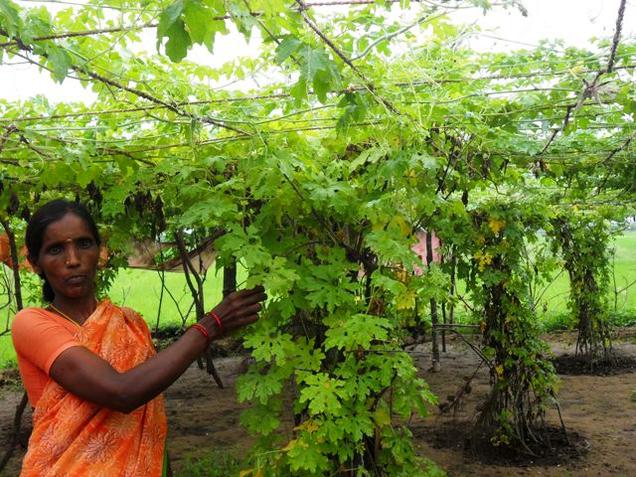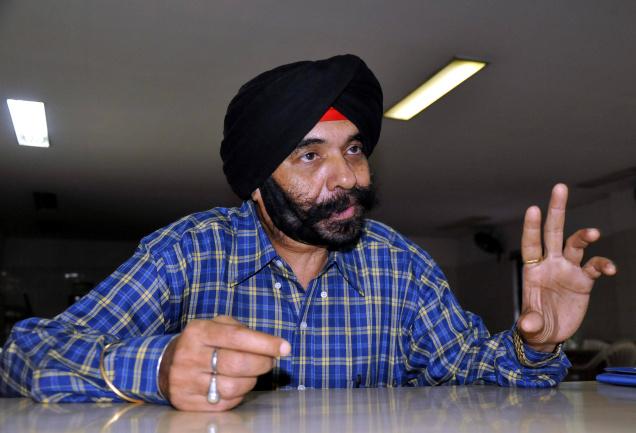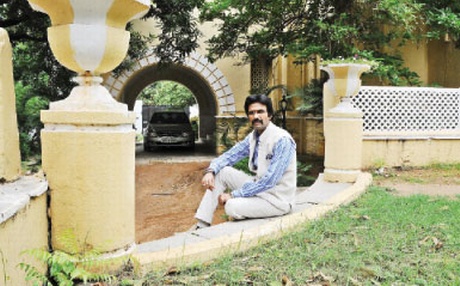Hyderabad :
In a major breakthrough, city-based Directorate of Rice Research (DRR), an arm of Indian Council of Agricultural Research, has discovered a gene that is resistant to rice blast. The researches said the new variety will be released as seed in the next Kharif season.
Rice blast is a plant-pathogenic fungus that affects rice in more than 90 countries across the globe and destroys rice crop which is enough to feed about 60 million people worldwide, experts informed. Over the years, the fungus has developed resistance to both chemical and genetic treatment in some varieties of rice. After working on the project since 2005, the new gene is now being inserted into a variety of rice which will be blast-resistant, Maganti Seshu Madhav, a DRC scientist said.![]()
“The worldwide ‘great blast-resistant gene hunt’ began around 10 years back. We surveyed most of the landraces (naturally formed plant varieties) collected from India as well as the varieties from different countries. We even searched wild species which are distantly related to rice. Finally our hunt ended with the discovery of the resistant gene in Vietnamese variety called ‘Tetep’,” Seshu Madhav told TOI. Madhav, who discovered the gene, cloned and transferred it (Pi-54) to popular varieties to save them from the deadly fungus.
Scientists say the rice blast fungus, also called ‘magnaporthe grisea’ causes a huge yield loss in the country. In Andhra Pradesh , all the zones, including north coastal zone, Godavari zone, Krishna zone and the Telangana zones are prone to blast disease causing an average loss of 40%. Once the varieties are released into the market before Kharif 2014, it would eliminate use of fungicides to control the disease.
Stating that some fungicides do control the disease partially, Seshu Madhav said when the fungicides are used intensively and regularly, the fungus rapidly develops resistance and finally destroys the crop.
After winning many national awards and the Ohio state university’s best international research scholar award for his research on the blast resistance genes, Madhav said the Pi-54 gene will address the concern of millions of farmers.
“Another strategy would be to develop a broad spectrum race-non specific resistance using latest molecular biology approaches,” he added. India’s first blast resistance gene (Pi-54) along with two more genes, Pi1 and Pi2, are being studied extensively. Improved varieties, are now undergoing tests throughout India and after the successful tests in Andhra Pradesh, the new varieties with blast-resistance gene will be released to farmers mostly in Kharif next year,” he added.
Another important breakthrough for DRC has been the discovery of multiple genes, responsible for the aroma in various landraces. After determining major genes that control the aroma, Seshu Madhav, in association with Indian Institute of Chemical Technology, is working to understand metabolic profile of the chemical compound that causes aroma in rice.
This would help in transferring the gene to local varieties, making Sona Masuri, Samba Masuri, Jaya, Nelloore Sannalu, Warangal culture, Kurnool Sona among others retain an aroma like Basmati rice. “This is bound to boost the market worldwide,” he added.
source: http://www.articles.timesofindia.indiatimes.com / The Times of India / Home> City> Hyderabad> Gene / by Jinka Nagaraju, TNN / September 23rd, 2013






